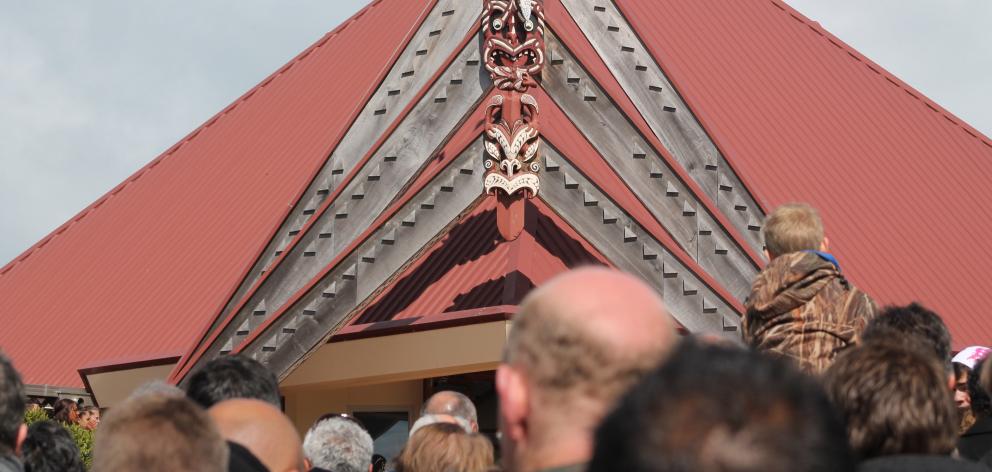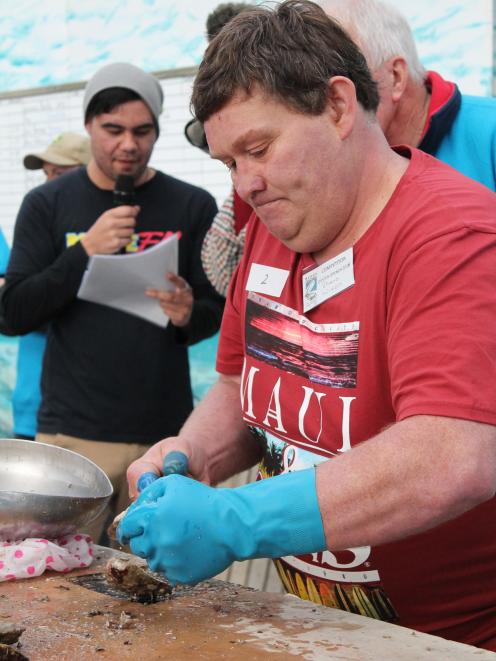
Westpac industry economist David Norman said since the 1990s, individual iwi, and sometimes iwi collectives, had entered negotiations with the Crown, seeking cultural and financial redress.

The figure excluded the $170 million in fishing quotas apportioned before the Waikato-Tainui Raupatu settlement of 1994-95.Some of the largest financial settlements had been with Waikato-Tainui ($170 million), Ngai Tahu ($170 million), Ngai Tuhoe ($169 million), Ngati Porou ($90 million) and Te Ati Awa ($87 million).
In recent years, the scale and regularity of settlements had increased as the Crown aimed to complete the process, he said.
Two-thirds of settlement value was agreed in the five years from 2010 to 2015.
In 2013, Te Puni Kokiri (TPK), or the Ministry of Maori Development, estimated the size of the Maori economy at $42.6 billion, or 6.1% of the New Zealand total.
The TPK study pointed out the Maori asset base was spread across several industries, as one would expect given Maori played a role across the economy, Mr Norman said.
Some of the highest asset concentrations were in agriculture, forestry and fishing.
The large asset value in rental, hiring and real estate services was predominantly the result of property ownership.
Of the asset base, a key point was the vast bulk, about 70%, was held by Maori who were employers or were self-employed.
The remaining 30% was held by collectives.
The estimate of the Maori asset base was well-known.
Many sector leaders spoken to by Mr Norman could quote the approximate dollar value.
"But the opportunity that presents itself is to maximise economic returns from these assets. As several sector leaders pointed out, economic returns in the purest sense mean not only financial returns on investment but also opportunities to develop human capital while providing the cultural, social and environmental benefits Maori derive."
That was particularly true from the association Maori had with the land.
Maori tended to view economic development from the perspective of the collective, rather than one individual, Mr Norman said.













